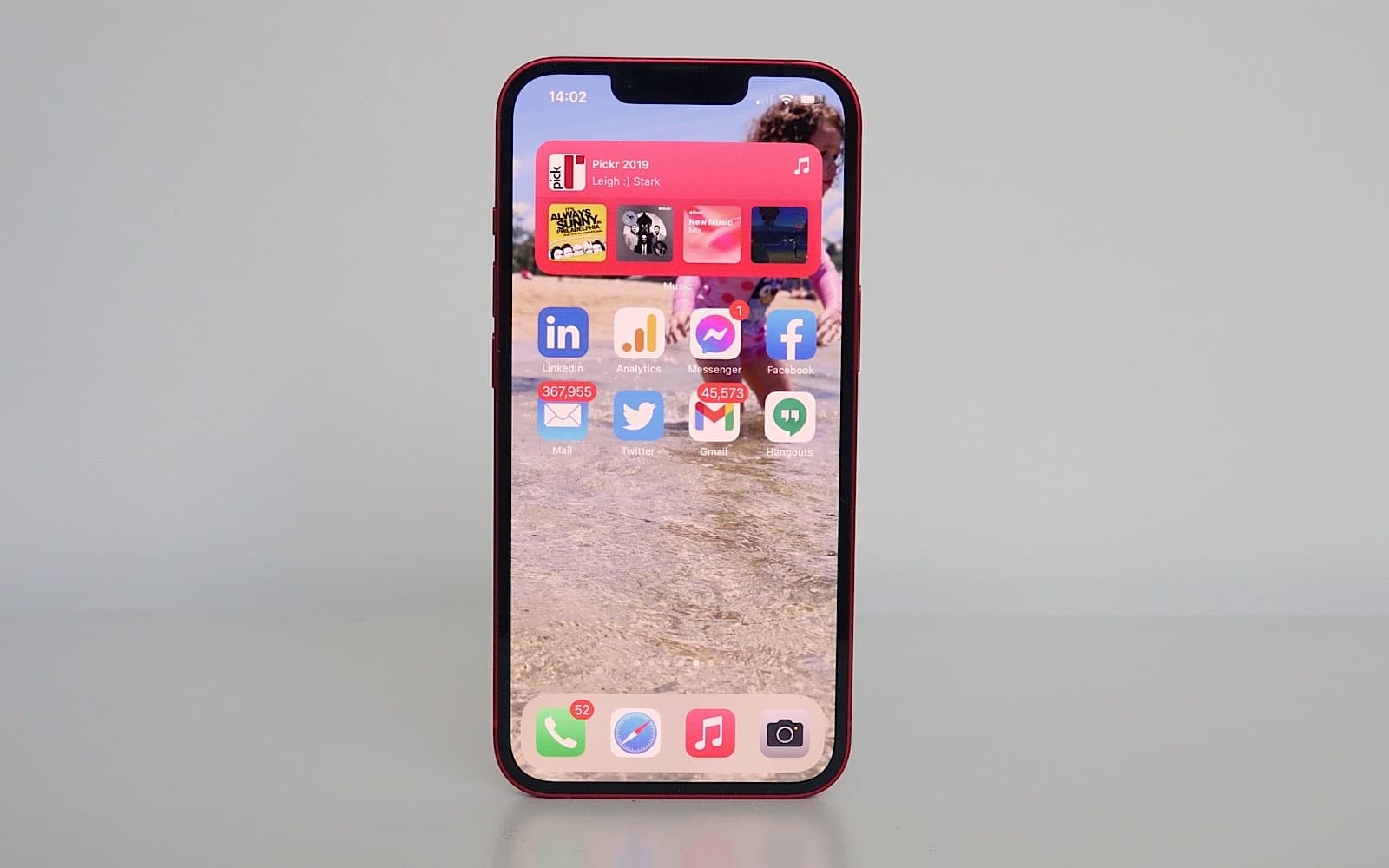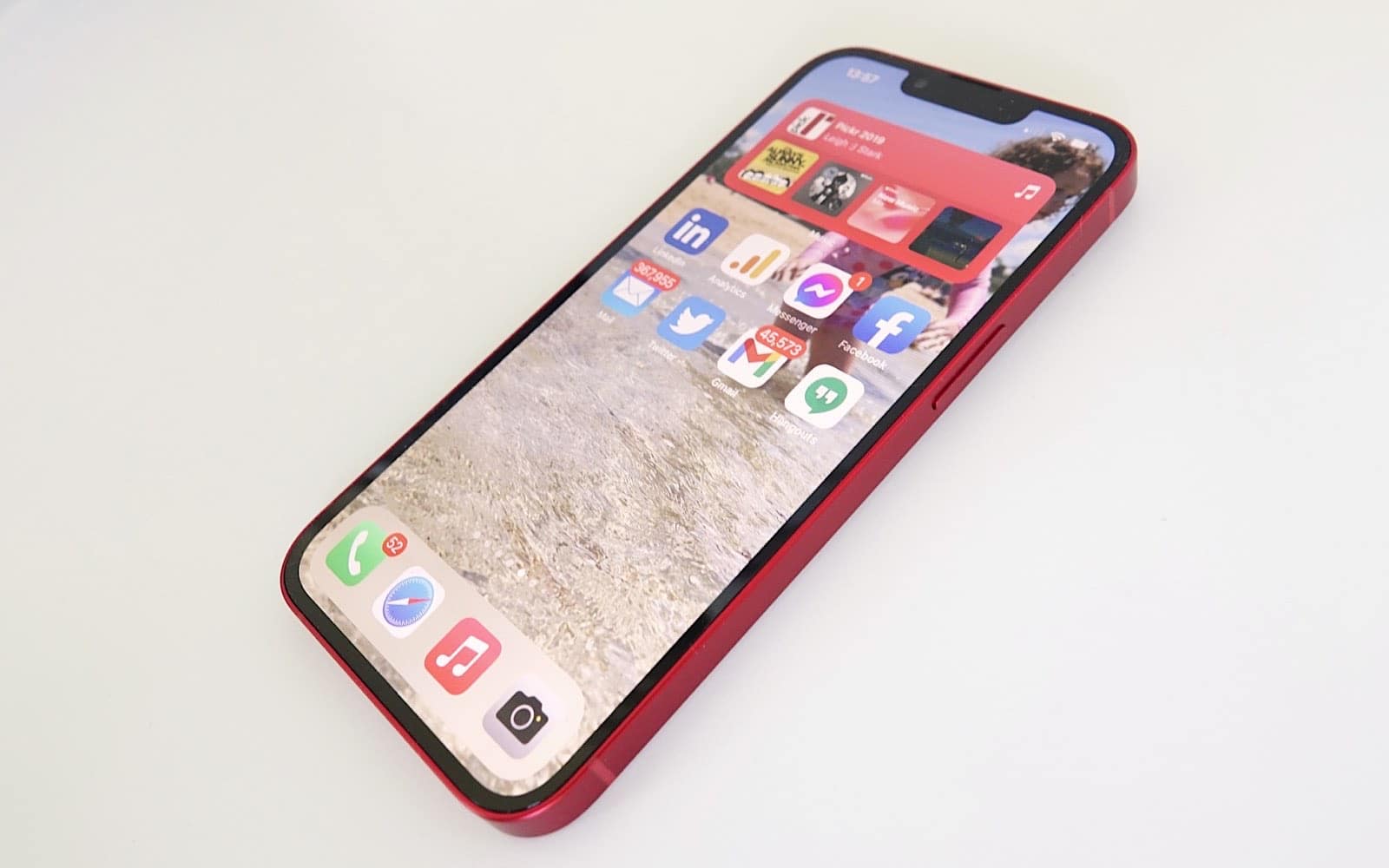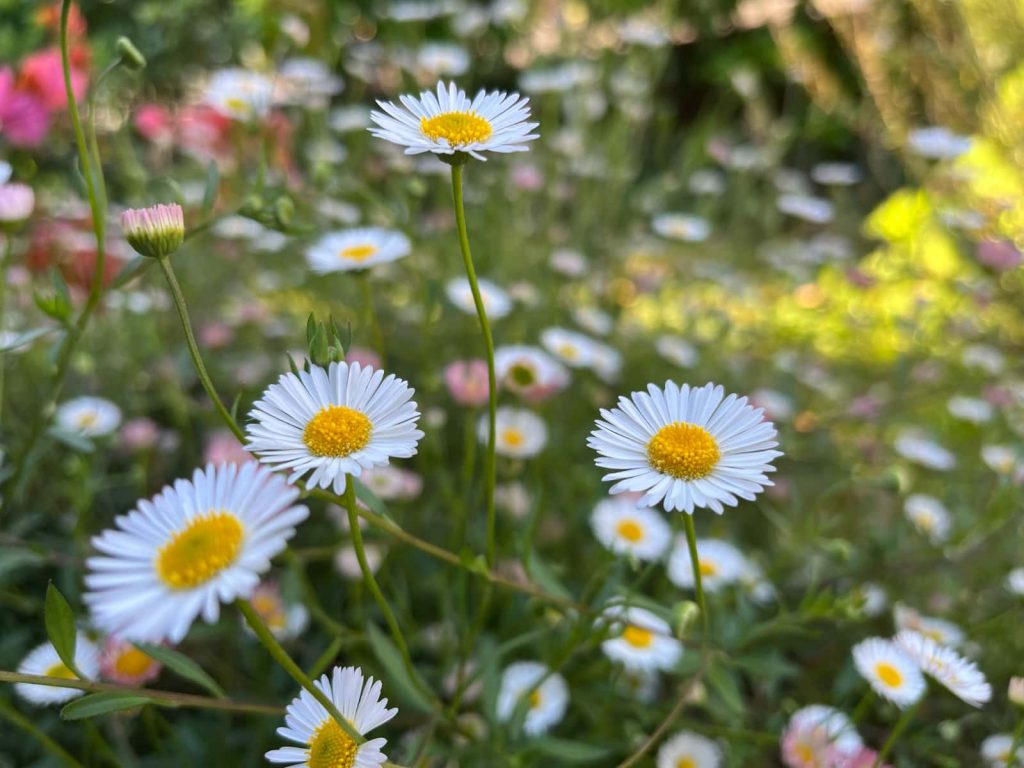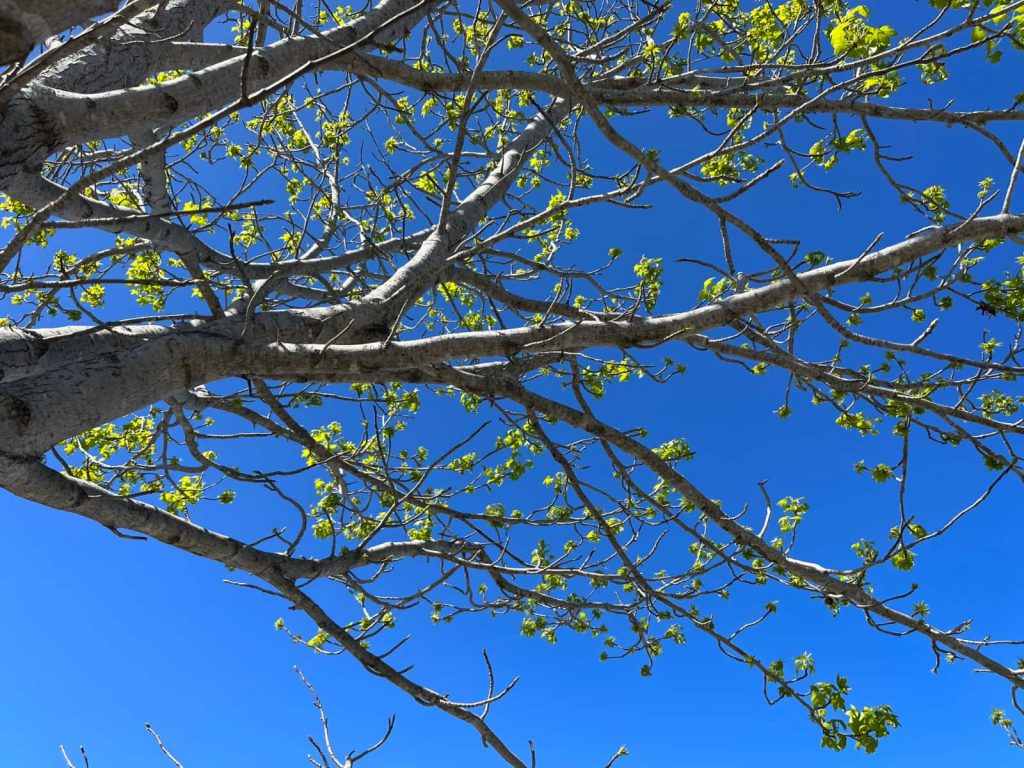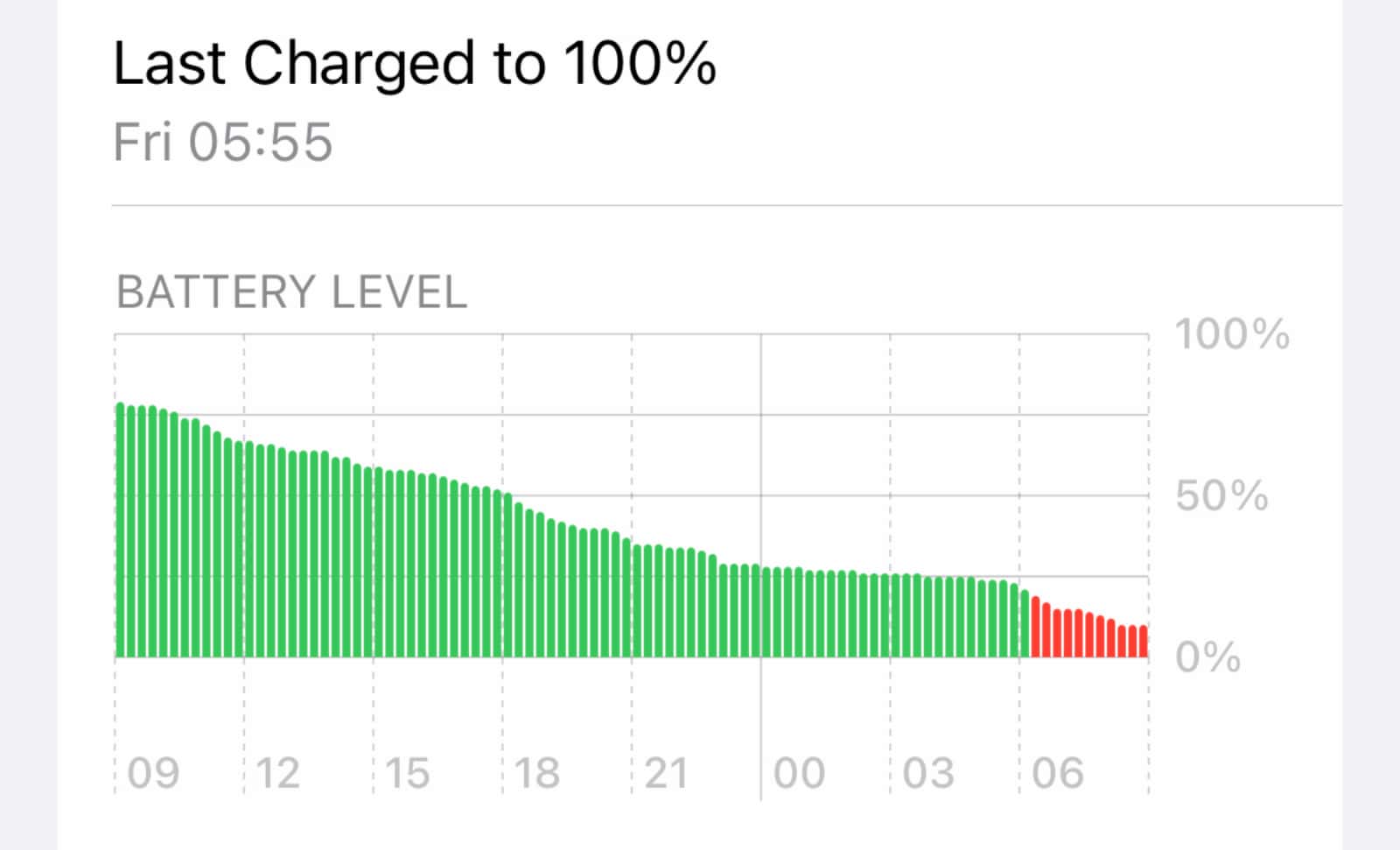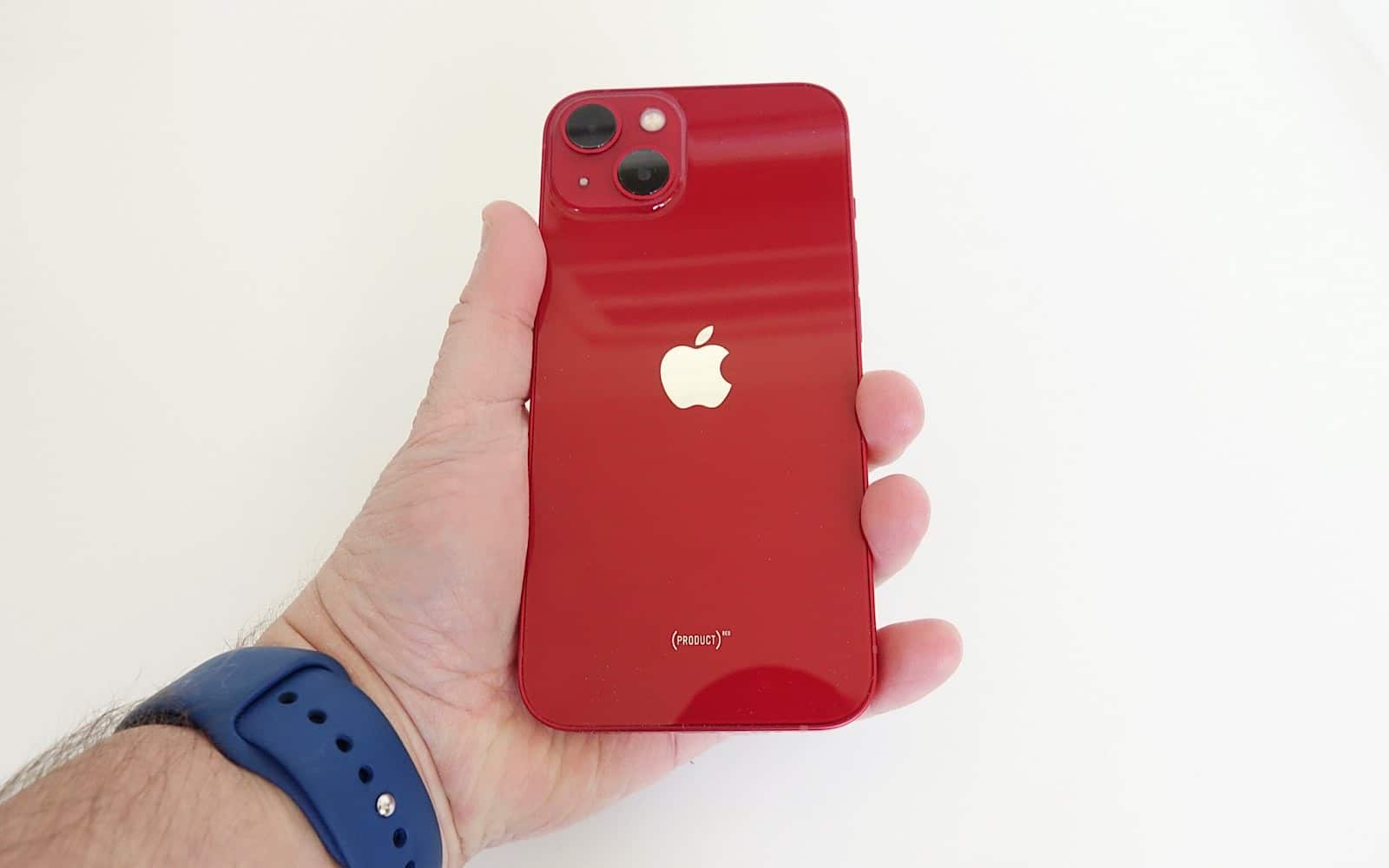Quick review
The good
The not-so-good
A new year means a new iPhone, and this year, the update that is the iPhone 13 bring new internals to the excellent iPhone 12 template. Is this the an iPhone anyone and everyone will love?
It’s only a few months before the end of the year, and like clockwork, Apple is ready with new phones.
An event we’ve largely been expecting, the iPhone 13 range is here, offering two styles of flagship: good and best. For the latter, there are Pro and Pro Max models, while the former gets the standard iPhone 13 and the smaller “mini” variation.
With four choices of phones come four slightly different phones, but we suspect most of the attention will be on the standard model: the iPhone 13.
Offering a 6.1 inch phone with a whole lot of features, it could be the standard iPhone everyone is thinking about. And after spending time with the 13, we can easily see why. Is the iPhone 13 an iPhone anyone can get behind?
Design
A follow-up to last year’s iPhone 12, Apple has largely kept things the way they were last year, meaning the look of the iPhone 13 is very much like the previous model, save for a few points.
You’ll find a colour back and frame, the former of which is glass while the latter is a slick aluminium band, both coloured to match with the same colour on the buttons.
The differences are very minor, however, with a marginally smaller notch on the screen giving you more of the display, while the buttons on the edges of the iPhone 13 are placed a little bit differently from the 12. For this reason, you cannot use an iPhone 12 case with an iPhone 13, which surprised us greatly.
The other obvious difference is in the camera, which still features two cameras like last time, but now shifts the array to be diagonal, almost like a two on dice.
It’s a design that helps differentiate the iPhone 13 from its predecessor, which is still found in the iPhone line-up, now moved to a slightly less expensive price tier, thanks in part to a lower feature set.

Features
New in the iPhone 13 is that new camera placement, though the cameras have changed slightly, with a 12 megapixel F1.6 standard wide camera and a 12 megapixel F2.4 ultra-wide camera. There are some extra features here, such as portrait photography, cinematic video capture, sensor-shift optical image stabilisation, and photographic styles, to name a few, and it’s just the start.
Inside the 2021 iPhone, you’ll find a new chip, Apple’s A15 Bionic. Armed with a six-core CPU and four-core GPU, plus a 16-core Neural Engine for the machine learning parts of apps, it’s the fastest chip for an iPhone yet, and paired with 3.6GB RAM and a choice of either 128GB, 256GB, or 512GB storage.
There’s the typical assortment of WiFi, Bluetooth, GPS, NFC for Apple Pay, ultra-wideband (supported by the AirTag), and 5G here, all left over from last year’s iPhone 12, though Australians will see the sub-6 version of 5G locally, with no mmWave iPhone 13 released here, at least not yet. The newer version of 5G — mmWave — isn’t expected to be used by Australians until next year, so we’re not expecting to see mmWave iPhones until 2022 at the earliest.
While that means the iPhone 13 is built for sub-6 5G, it can still offer speeds as high as 2Gbps dependent on the connection, while the inclusion of WiFi 6 means wireless network speeds nearing 10Gbps are possible, as well.
All of this sits under what is ostensibly the same screen, albeit a little brighter.
At 6.1 inches and running a resolution of 2532×1170, the iPhone 13’s OLED display is made to be clear and handle Apple’s “True Tone” white balancing technology.
It also manages to take up marginally more of the front than in the 12, thanks to a smaller notch than before. That smaller notch or shelf includes a 12 megapixel F2.2 selfie camera with support for portrait mode and cinematic video mode, as well as a Face ID TrueDepth camera, too.
Wireless charging also features on the iPhone 13, capable of working over the Qi standard and Apple’s MagSafe, as well as IP68 water resistance on a phone with a Ceramic Shield front, aluminium frame, and glass back. Sadly, there’s none of that extra resistant Ceramic Shield glass on the back, as that’s something reserved for the “pro” models.
In-use
A new phone with a new operating system, Apple keeps the iPhone 13 easy and friendly to use, thanks in part to iOS 15, which comes pre-installed to the phone out of the box.
That means you’ll get widgets and apps on a home screen, and more or less makes using an iOS rather like using Android, and vice versa. There’s not a whole lot of difference in look and feel these days, and if you’ve used one, you’ll be able to adapt to using the other.
Alternatively, if you’re entirely new to phones, using an iPhone isn’t difficult, either: swipe up from the bottom to go to the home screen and revive the phone from standby, swipe left and right, and use the Face ID security system to keep your phone locked.
It’s all rather standard for Apple and the world of the iPhone, and also quite easy.

Screen
You won’t find a screen as high-end as what Apple is releasing on the iPhone 13 Pro Max, so temper those expectations, but it’s also a slight improvement on what we had on the 12.
Granted, most of the tech is the same, with a 2532×1170 6.1 inch screen, the same as it was last year, though Apple has made the front-facing camera shelf a little shorter, meaning you get marginally more screen.
You probably won’t see it at first, but compare the two screens head-on and you’ll see the iPhone 13 display is brighter overall, not by a huge amount, but by a little. Brighter is better for going outside, and means when you’re sitting in direct sunlight, you shouldn’t find it so difficult to see what you’re doing. You know, back when we’re all going outside once again.
Performance
Inside or outside — wherever you are, really — Apple’s A15 Bionic shows the phone has the chops to really handle anything. There’s a slight difference in the A15 model between this and the more expensive iPhone 13 Pro, but it’s a difference of one graphical core, and not a massive departure at all.
In fact, you should find the balance of system spec choices Apple has made keeps the iPhone 13 chugging along rather nicely. We found little to no lag in our time reviewing the phone, and it really just handled everything quite well.
Mobile performance is also a positive point, something Apple continues this year with support for 5G. Granted, Telstra’s 5G performance in Sydney notwithstanding, the iPhone 13 can hit fast speeds when the network is cooperating, which depending on where you are, it doesn’t always seem to be.
Camera
One of the main standout features of the phone is the camera, and that’s rather obvious the moment you glance at it, or even check it out alongside its predecessor, the iPhone 12.
Like its predecessor, there are two 12 megapixel cameras, covering wide and ultra-wide. Unlike its predecessor, the cameras have seen solid improvement, with technology from the biggest model, the 12 Pro Max, trickling into the least expensive models, as well.
The two cameras won’t seem like a major departure, mind you, thanks in part to how similar they are to last year: covering a 12 megapixel wide F1.6 and a 12 megapixel ultra-wide F2.4, these cameras seem close to what you might have seen in last year’s iPhone 12. They seem familiar, as if Apple has been doing recycling.
However the cameras are more than just numbers and spec sheets, supporting improvements to the quality and low-light night mode, plus the standard wide camera (the F1.6) getting the sensor-shift optical image stabilisation technology that previously only appeared in the 12 Pro Max. That great idea which moves the sensor ever so slightly in a low-light shot is now here in the cheap seats, so to speak, bringing better night-time photography to more people.
In person, the daylight images are crisp and lovely, and the results at night aren’t bad, either, with a reasonable amount of light entering the frame, and more than enough image quality for most people to work with.
Apple has other features worth talking about, as well, including photographic styles — which applies an approach to colour on every photo you take, but only works in colour, not monochrome — while the all-too-familiar portrait mode makes an appearance again, with depth control available to simulate aperture settings in the phone camera, something that is getting closer and closer to how a real lens works.
There’s also a video mode that works in line with portrait mode, the newly released “cinematic mode”, which is also on the iPhone 13, not just the “Pro” models. This mode means you can capture the portrait style of imagery, but for videos, locking onto a face for video and blurring the background, while also able to switch between subjects after the fact. The editing system in iOS 15 actually lets you set keyframes for each change in aperture, and essentially allows you to make your own cinema-style production directly on the phone.
You can also edit cinematic videos on iMovie and Final Cut Pro, but being able to do this from within the phone is a great addition, and means a pro-look in amateur filmmaking is now within reach of nearly any filmmaker.
Granted, they can only capture Full HD 1080p on the iPhone 13 in cinematic mode, but 4K support is here as well for everything else, with slow motion working at 240 frames per second in Full HD if you ever need it, too.
Battery
This great camera and solid performance sits in a phone that can hit 24 hours of battery life comfortably with regular use, and pull out a little more if need be.
On a technical level, we found the iPhone 13 could hit around 24 hours of battery life — a full day — with nearly 4 hours of screen time being on throughout that day of life.
That’s a little better than the 24 to 30 hours the iPhone 12 had with less screen time on, and while it doesn’t feel like a major benefit, there’s also another factor: very few normal-sized 5G phones have offered normal battery life of later.
While the Pixel 5 was a bit on an anomaly and able to hit 36 hours, it also delivered it on a mid-range Snapdragon 765G processor. Most 5G phones in flagship territory with high-end chips are struggling to go all day. The Asus ZenFone 8 barely achieved that, while the Samsung Galaxy S21 5G didn’t at all, and invariably needed a charge desperately as we went to bed.
We suspect you’ll still want to charge the iPhone 13 nightly, but we were able to wrench a little more life out of the phone the next day, with around four hours of on-screen time accounting for a phone that still managed to last 24 to 32 hours in general.
One of our notes was pretty specific, finding the iPhone 13 didn’t lower in battery life for 20 minutes of on-screen use. Essentially, we stayed on 100 percent for 20 minutes of real-world use before the phone nudged its way to 99 percent. That sort of battery performance is very, very rate in a high-end phone, and more the sort of thing of myth, making this very, very interesting. One might even say exciting.
You also get wireless charging, delivered by a standard Qi charger or one of Apple’s MagSafe chargers, helping to round out that battery package.
All up, while the battery life isn’t mind-blowing, no 5G phone in flagship territory has been yet, and the iPhone 13 manages to deliver better battery life than much of its respective competition. That is a win, and something worth talking about.
Value
The price also isn’t bad, and even though the phone sits in the high-end, the iPhone 13 is more of the entry-level high-end these days.
A rather peculiar statement to make, the high-end of phones is closer to the $2K mark in Australia, something the iPhone 13 doesn’t quite fit into. Thankfully, it’s far more modest than that.
Priced from $1349, you’ll find at least 128GB, knocking the 64GB model out of the picture, with 256GB and 512GB options available if you’re happy with spending $1519 and $1869 respectively.
That may not be “cheap” per se, but it’s a solid value for what you’re getting: a fantastic 5G phone boasting quality in just about every area.
What needs work?
Just about, anyway.
There are things we yearn for in the iPhone 13, though in fairness to Apple, they’re things the company has left for the more high-end model, the iPhone 13 Pro.
Things like the 120Hz screen, which at this price point in the Android world — and actually quite below it — you’d easily find, or close to it. Fast screens aren’t new for Android phones, and can be found well below a thousand, so it’s one of those features we’re looking for in the iPhone 13, but is missing in action. You’ll need to upgrade to the 13 Pro or Pro Max if you want a slicker screen.
The same is true with a macro mode, which is a major camera feature reserved for the 13 Pro and Pro Max. It’s a big deal, partly because phone cameras may well be getting really, really good, but macro has largely been an area they’ve never performed well in.
You can typically find dedicated macro cameras in budget and mid-range phones, but they’re not great. However because of this, it’s one of the few features we wish the standard 13 offered.
Final thoughts (TLDR)
Those niggles aren’t enough to sour us on the iPhone 13, as it’s a really great phone. While the iPhone 12 was an easy phone to like, the iPhone 13 is easier to adore.
This phone takes everything that worked about the iPhone 12 and somehow makes the package even better. You get an already excellent design and an improved feature set, complete with a more impressive battery life.
Fans of the iPhone probably know this as an “S” year, something where Apple doesn’t touch the design, but instead improves upon the hardware to make the last version better, and that’s what the iPhone 13 feels like: it’s an “S” model in the best way, because it’s not just special, but freakin’ superb.
It is genuinely difficult to find fault with the iPhone 13, and this is a great phone for nearly anyone. It’s an iPhone for everyone and highly recommended.





